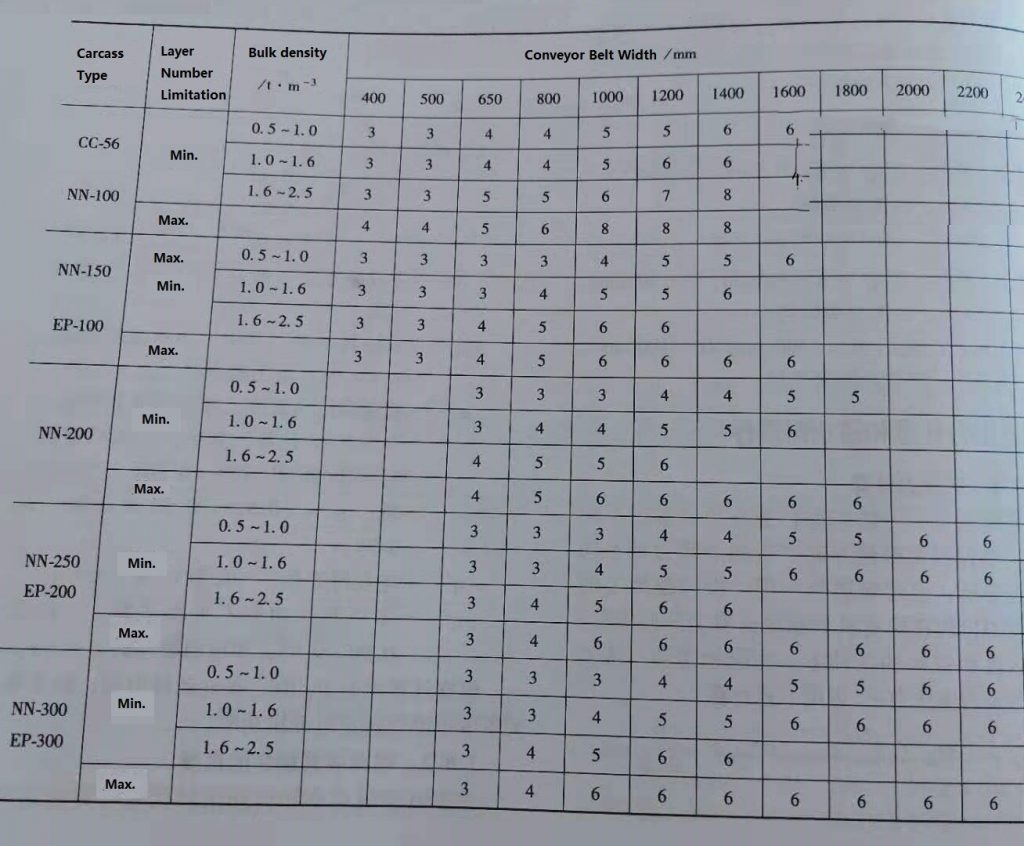How to Select Heat Resistant Conveyor Belt-SUNGDA Group

Heat resistance capability
In all the demands of heavy duty conveyor belts, “Heat” is widely regarded as the most unforgiving and damaging. High temperature materials and working environments cause an acceleration of the ageing process that results in a hardening and cracking of the rubber covers.
“Heat” also has a very destructive effect on the carcass of the belt because it damages the adhesion between the covers on the top and bottom of the carcass and also between the inner plies contained within the carcass. If the core temperature of the carcass becomes too high then the belt will quite literally start to fall apart. This is commonly referred to as ‘de-lamination’.
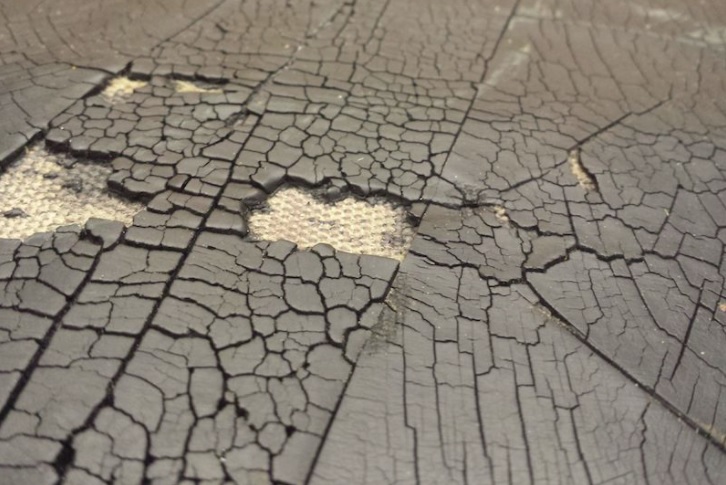
The temperature limits that a belt can withstand are viewed in two ways — the maximum continuous temperature of the conveyed material and the maximum temporary peak temperature. The two main classifications of heat resistance recognized in the conveyor belt market are T150, which relates to a maximum continuous temperature of 150°C and T200, which is for more extreme heat conditions up to 200°C.
How to Choose Heat Resistant Conveyor Belt for Cement Plant.
ISO 4195 testing
To provide the most accurate measurement of heat resistance, accelerated ageing tests are conducted by placing rubber samples in high temperature ovens for a period of seven days. The reduction in mechanical properties is then measured. The three ‘classes’ of ageing within ISO 4195 are: Class 1 (100°C), Class 2 (125°C) and Class 3 (150°C). In order to maximize temperature-resistance qualities, at least one manufacturer (Dunlop) also carries out testing at 175°. There are three key factors to consider when choosing a heat-resistant belt. The most critical considerations are the actual temperature range of the materials being carried; the level of ambient temperatures of enclosed running environments and the length of the conveyor. All of these factors can have a major influence on the speed of the ageing process. Success or failure will depend on two factors; having accurate temperature data to give to potential belt suppliers and ultimately the heat resistance qualities of the belt they supply.

(1) Rubber type selection
Heat-resistant rubber is in direct contact with high-temperature materials, and its heat resistance directly determines the heat resistance of the conveyor belt. Heat-resistant conveyor belts below T2 (125 degrees Celsius) generally use SBR as the main rubber, and heat-resistant conveyor belts above T3 (150 degrees Celsius) must use high-temperature rubber as the main rubber. According to relevant surveys, high temperature resistant conveyor belts resistant to temperatures above 150 are most commonly used EPR and IIR, but the price of IIR is very high, and the process performance is also poor. The heat resistance and price of EPR are more suitable, among which EPM molecular properties It is stable and can be used for a long time at a high temperature of 175. However, due to the slow vulcanization speed, it is generally combined with EPDM to improve production efficiency.
(2) Selection of conveyor belt vulcanization system The peroxide vulcanization system needs to add a co-crosslinking agent to further improve the high temperature resistance of EPR, increase crosslinking efficiency, and improve the performance of vulcanized rubber. The co-crosslinking agent can prevent the rupture of the propylene chain in the main chain of EPM vulcanization, reduce the rubber viscosity, and improve the physical and mechanical properties of the vulcanized rubber. In addition, in order to improve the vulcanization speed and tearing performance, sulfur can be used as a co-vulcanization system, but the solubility of sulfur in EPDM is small, so it is easy to spray oil and difficult to use. It should be controlled within 1.5 parts.
(3) Selection of reinforced filling system EPR is amorphous rubber, which has low physical strength. Only with the reinforced filling system, vulcanized rubber can have good physical and mechanical properties. Carbon black is the most important reinforcing agent of EPR. The smaller the particle size of carbon black, the higher the tensile strength of the vulcanized rubber and the better abrasion performance. Therefore, carbon black N220 is selected as the reinforcing filling system.
(4) Selection of softening and plasticizing softeners can greatly improve the tensile elongation and self-adhesiveness of EPR, but too much use will affect the high temperature resistance. Naphthenic oil affects the cross-linking efficiency of peroxides, and aromatic oil reduces the weathering resistance of the product and is difficult to use.
SUNGDA CONVEYOR BELT CO.,LTD

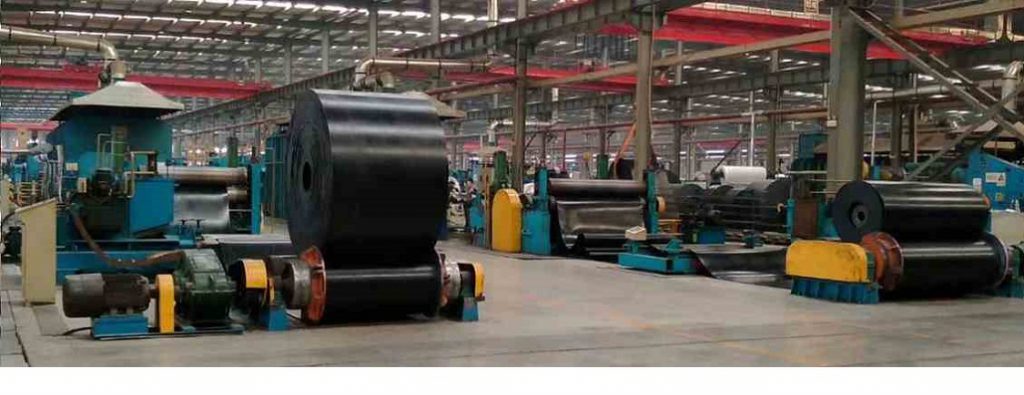
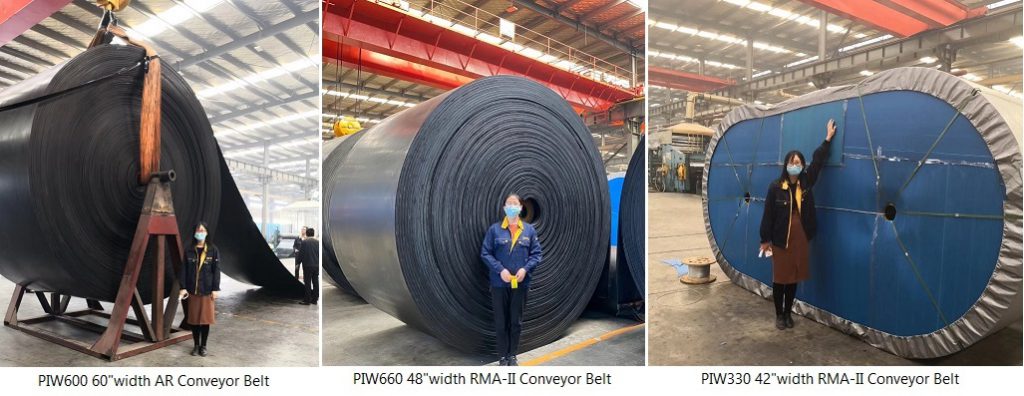

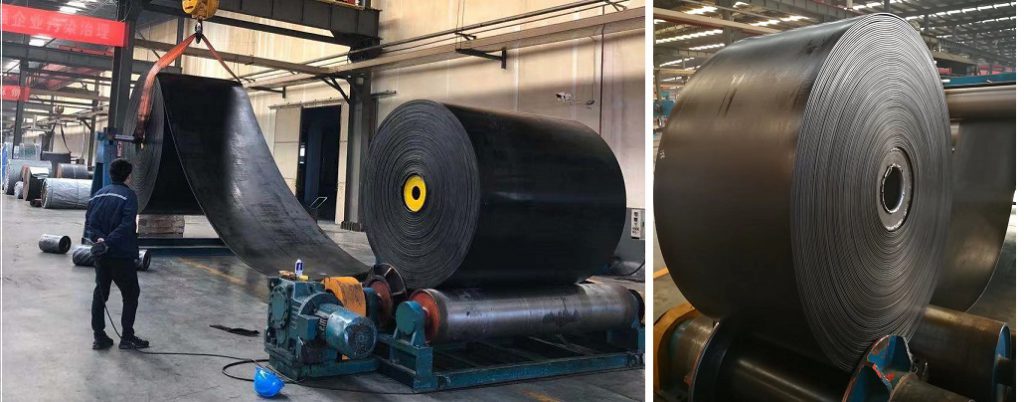


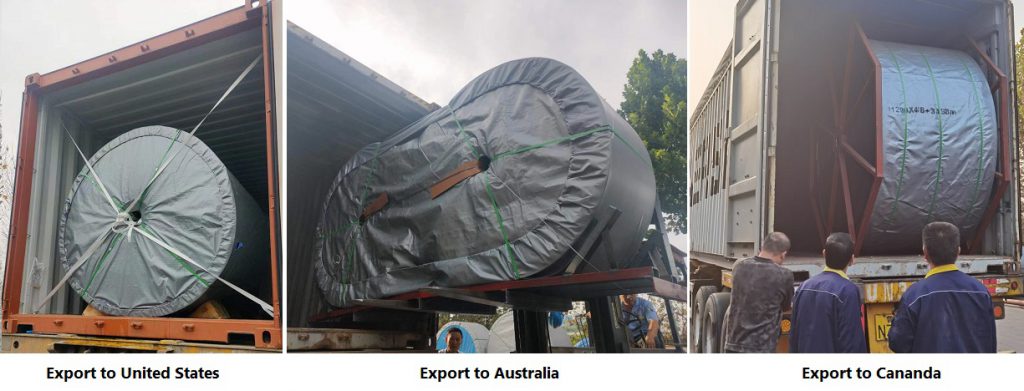

Official website: www.sungdagroup.com
Inquiry mail: info@sungdagroup.com
Tags: cement conveyor belt,EPDM,Heat resistant conveyor belt










